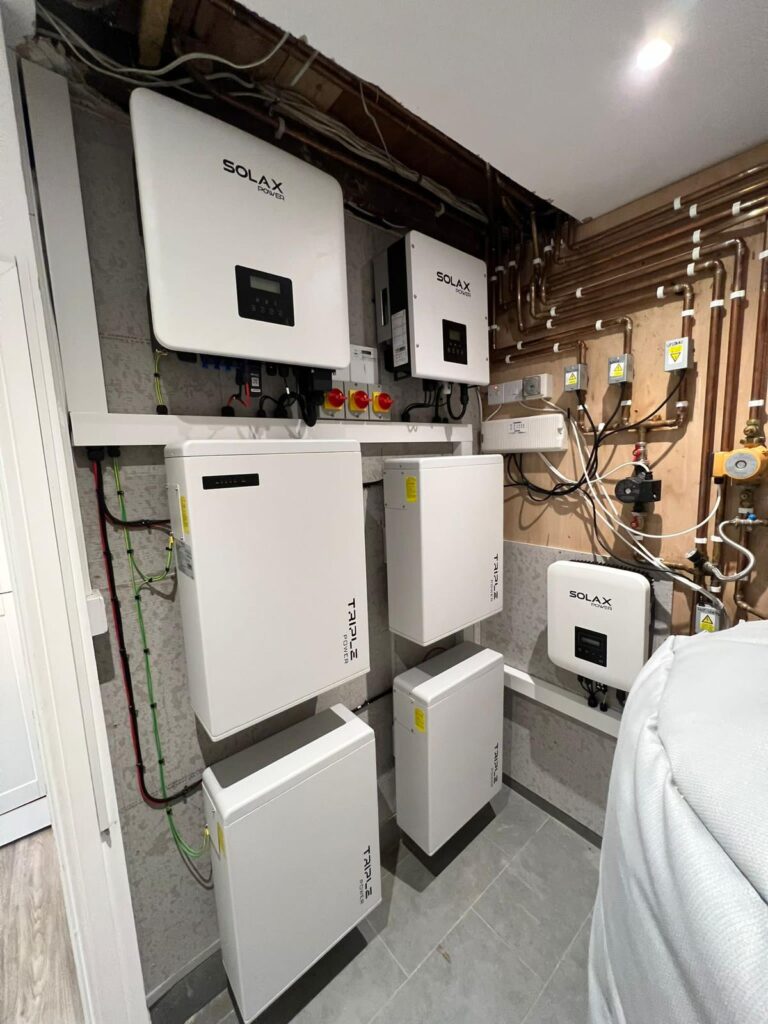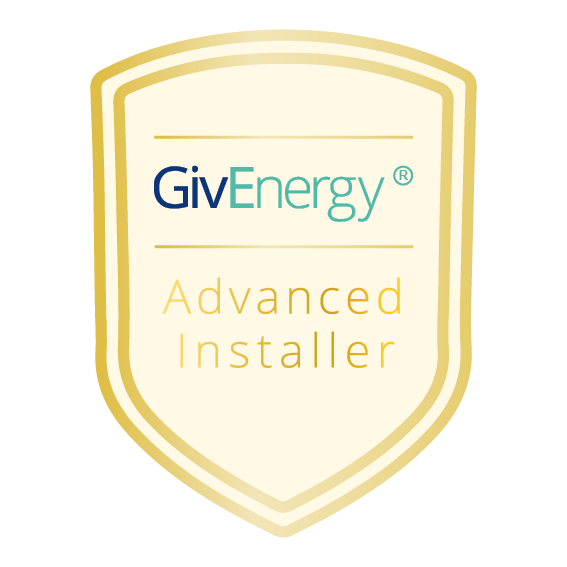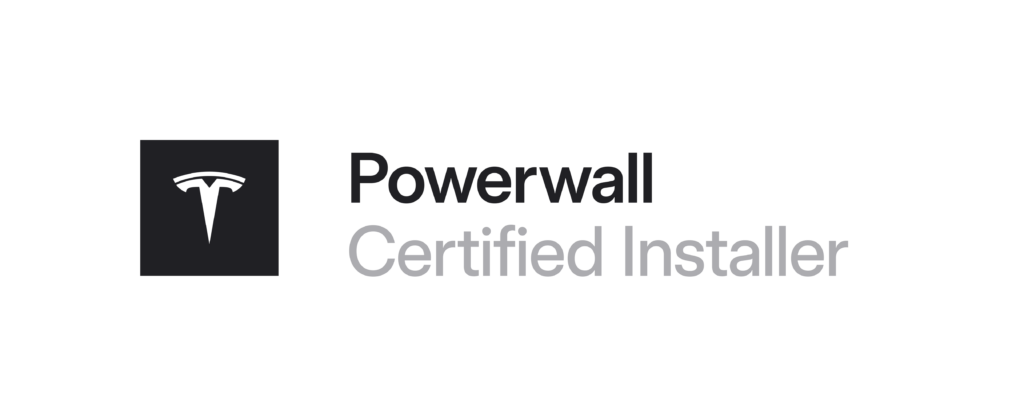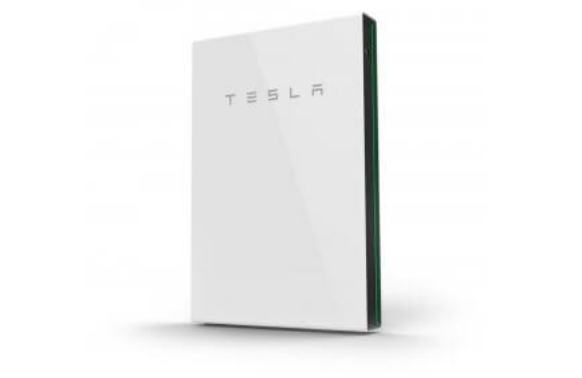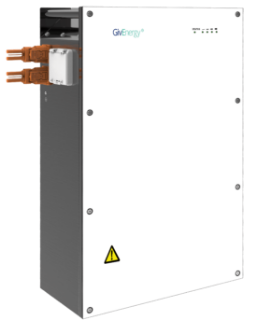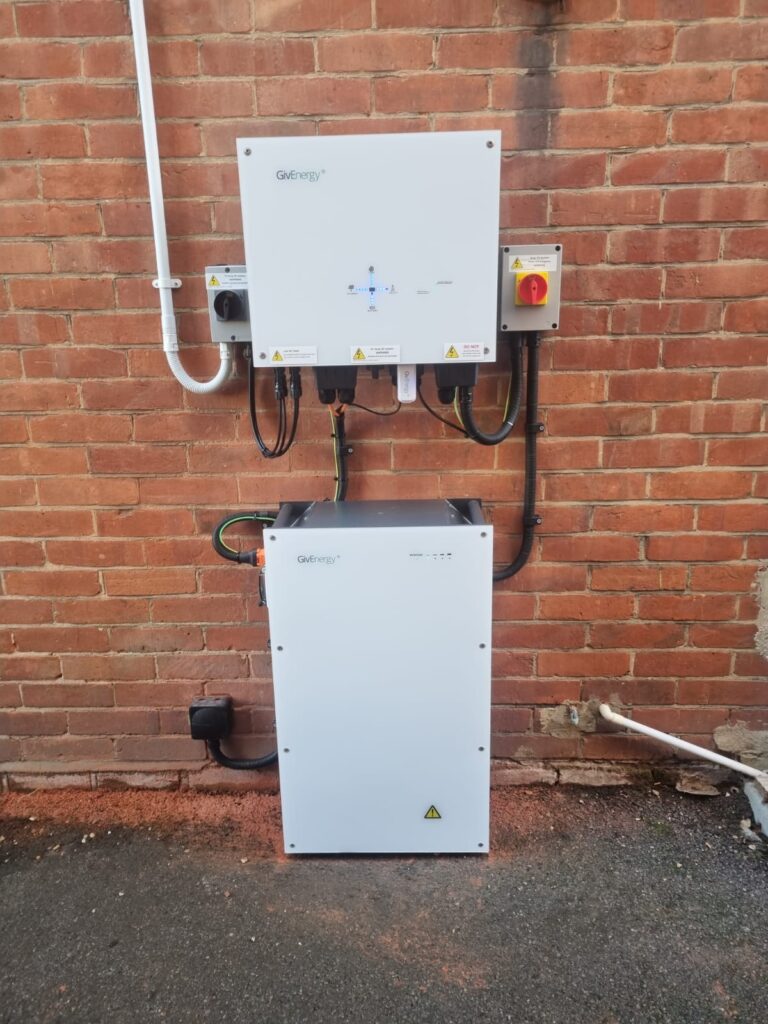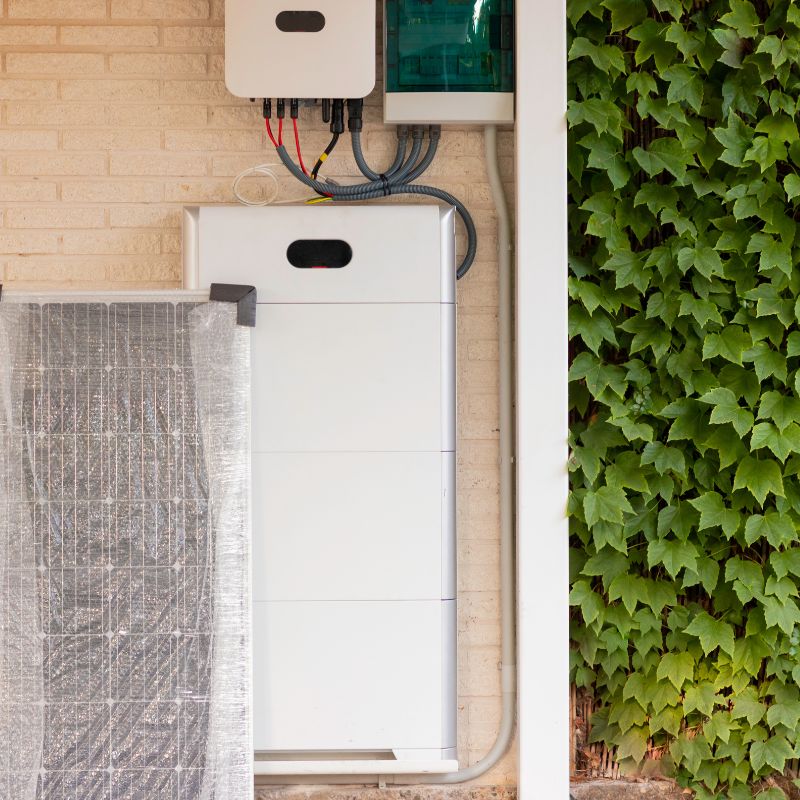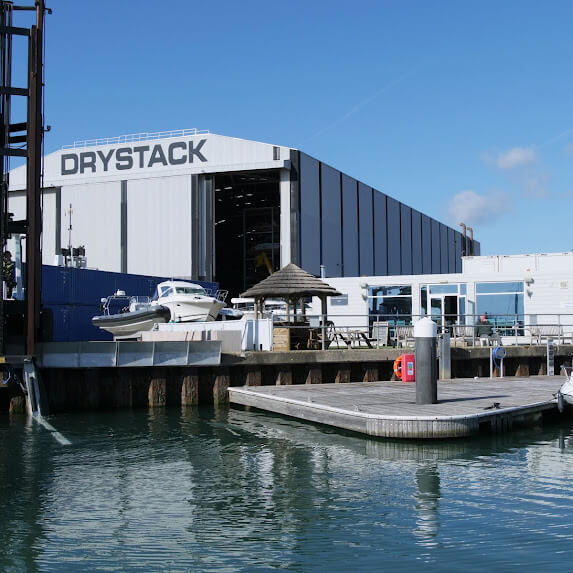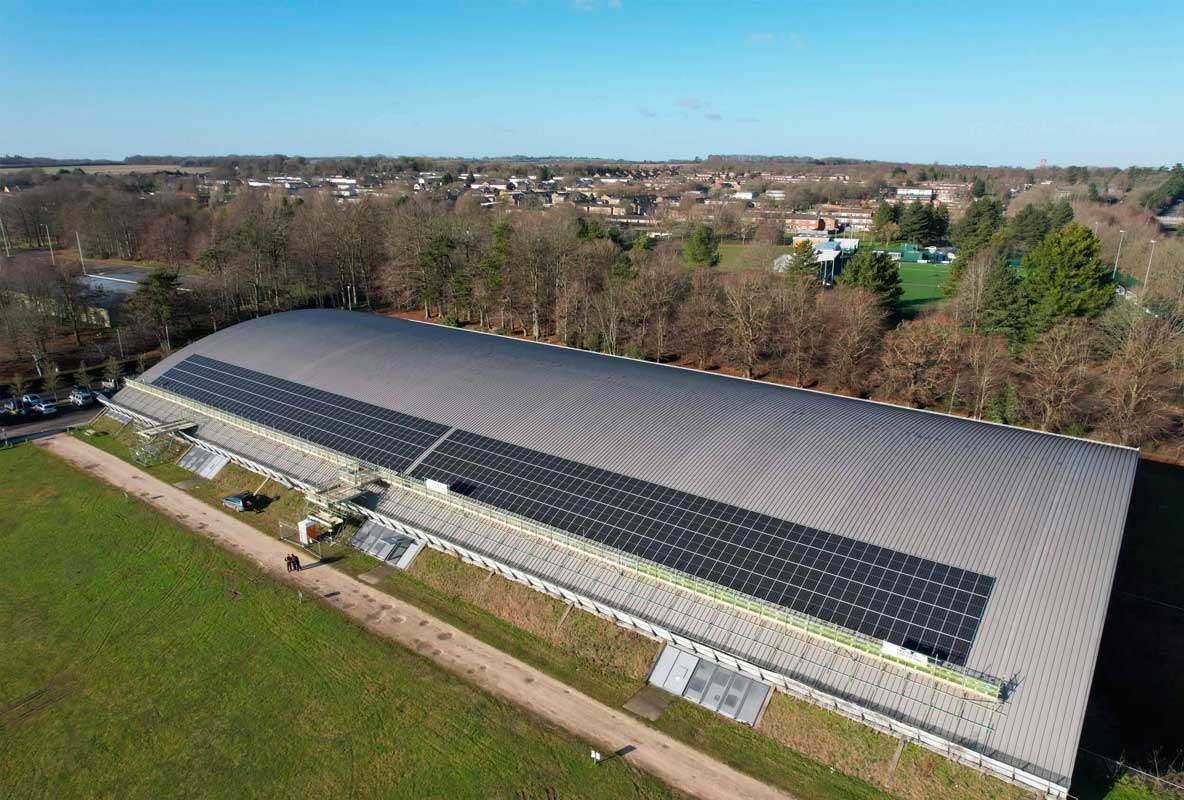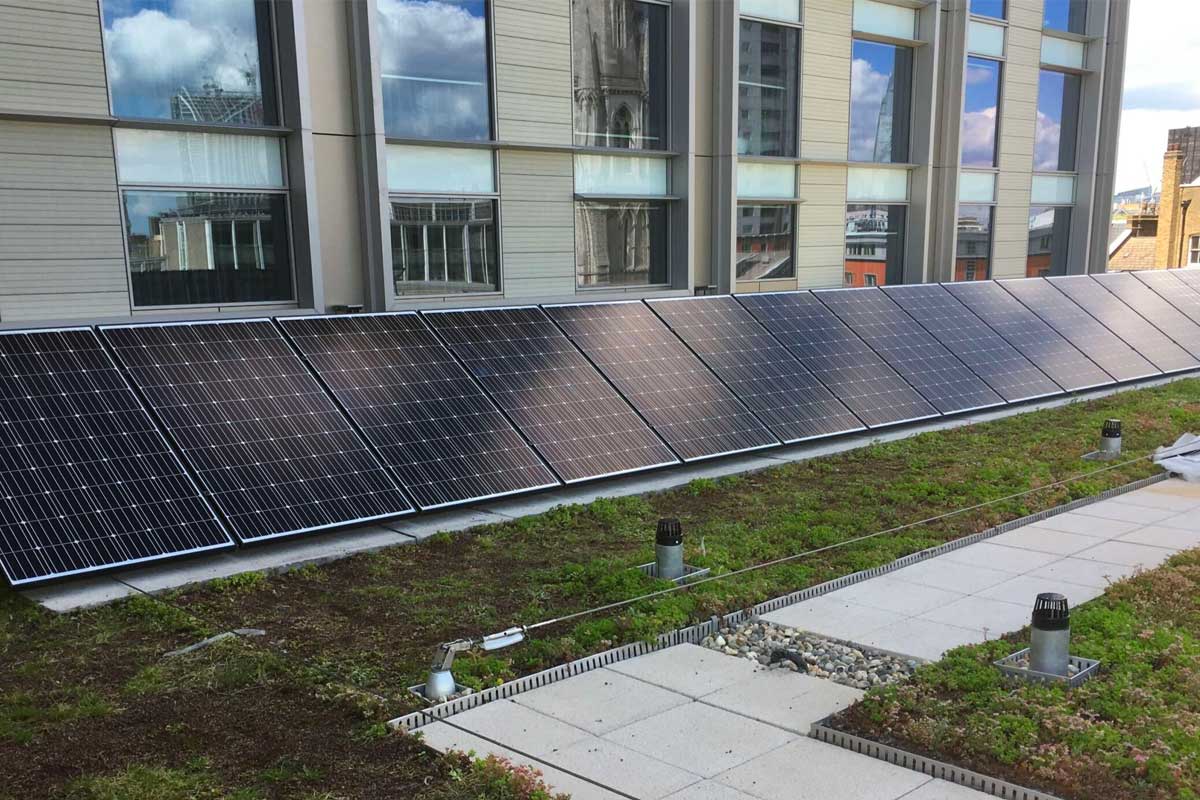Key Facts about Commercial Battery Storage
Commercial battery storage is a cutting-edge technology that revolutionises the way businesses manage their energy needs. These systems work by storing excess electricity generated from renewable sources, such as solar panels, during periods of high energy production. When energy demand is high or during nighttime hours, the stored power is seamlessly released, ensuring a continuous and reliable energy supply. This not only enhances energy self-sufficiency but also allows businesses to reduce their reliance on the grid and optimise their energy costs.


